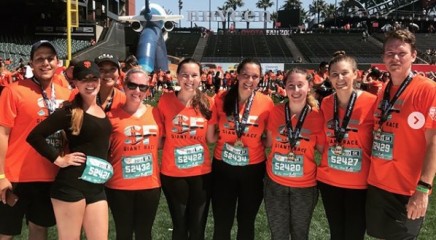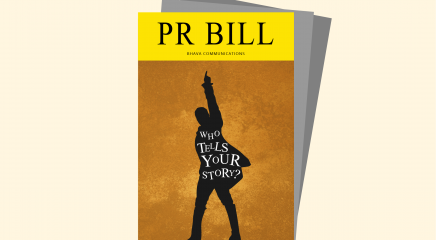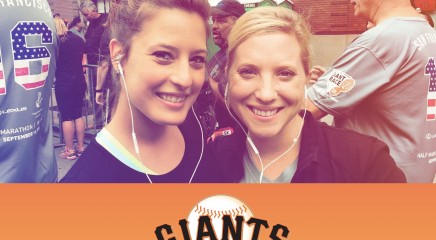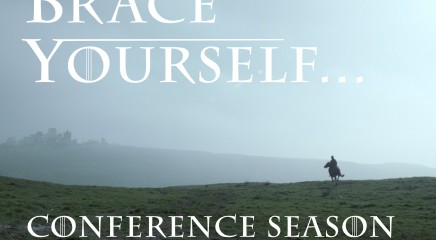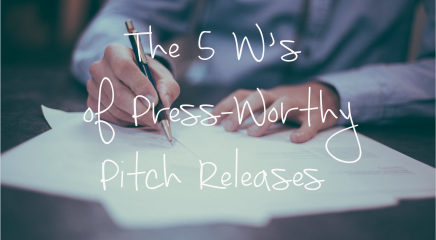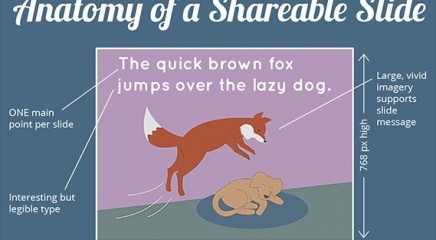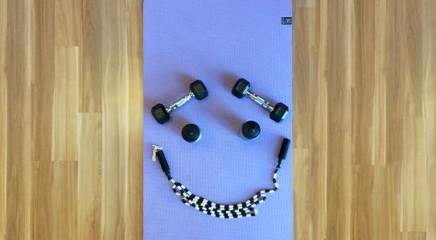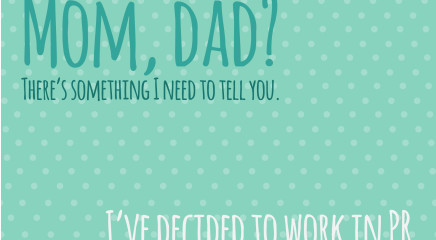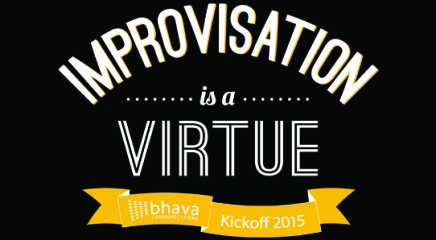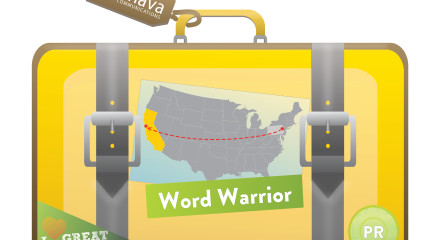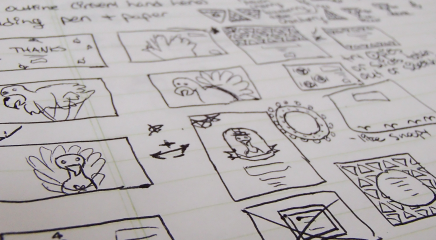How to Write a Great Article

One of the best ways to succeed in article writing is to stay close to the fundamentals. While it can be tempting at times to either overthink a piece or cut corners to get it done, the reality is that sticking to the basics will help you write great articles more consistently.
When I say “articles,” I mean copy intended to be published in a media publication or on a blog. There are several core principles that tend to drive the most click-worthy and shareable pieces, making you feel like you’ve created a perfect package of prose:
1. The content is relevant and provides a benefit to its intended audience.
Readers bail the moment an article stops providing them with value. This is why it is crucial to know your audience. Your entire piece should give readers timely and useable information. If the article doesn’t pass the “so what?” test, you’re not providing value; if it keeps passing the test as the piece unfolds, you’re providing value. For example, take a look at this Inc.com article by SmartRecruiters CEO Jerome Ternynck, “8 Questions Every Candidate Should Ask During Job Interviews.” The piece squarely targets job seekers and reveals actionable insights from the first sentence to the last.
2. The headline is straightforward and promises value.
One look and readers get it. They don’t have to re-read it. They don’t wonder whether it’s worth their time. Readers know what they’re in for, and they immediately move on to the first line of the piece. Consider again the headline, “8 Questions Every Candidate Should Ask During Job Interviews.” It’s concise and conveys immediate value to the audience of job seekers.
The article’s performance demonstrates that this headline resonated with readers: it has sparked over 13,300 shares to date and was the third most popular columnist headline on Inc.com during the month it was published, October 2014. If the headline had been less descriptive and emphatic (“Job Interviews From the Candidate Perspective,” for instance) or was convoluted (like “Get to Work Figuring Out What to Say to a Recruiter So You Can Finally Get to Work”) it is unlikely that it would have performed so well.
3. The lead instantly pulls readers in.
The lead, aka the first few sentences, is typically the hardest part to write. Next to the headline, it’s the most important part of the piece. A great lead hooks readers and sets them up for the story. A litmus test for evaluating your lead is to ask yourself, “if I were the audience, would I want to read this?” Below is a simple example from an Atlantic article titled “Running Faster by Focusing on the Finish Line” by writer Olga Khazan.
People who are starting a rigorous new exercise regimen might be told (and tell themselves) to “keep their eyes on the prize”—the prize being the personal best record, a completed marathon, or some other milestone. Anything to coax yourself away from the Netflix and out onto the freezing streets for a run.
But new research suggests that taking the “eyes on the prize” mantra literally can help with performance. A study published in the journal Motivation and Emotion found that focusing on a stopping point in the distance, like a building or tree, can cause distances to appear shorter. This, in turn, encourages exercisers to move more quickly and reduces the feeling of exertion.
This lead takes a common aphorism and paints it in a new light to make readers stop and read more about the research. The second sentence injects a bit of humor to entertain and empathize with readers. Your audience is more likely to read your article when they can immediately relate to the content.
4. Every sentence has a purpose.
Each sentence should engage readers and move them through the story. The moment you lose their attention and understanding, readers are gone. In longer pieces, subheads help to remind readers where they are and tell them where they are going. Looking at The Atlantic article excerpt above, each sentence adds new, relevant detail about the research findings. Give the full piece a read to see how the sentences continue to move the reader through the story.
5. Every word matters.
Knowing what words to exclude in a piece is just as important as knowing what words to include. If you can state a thought in two words rather than five, go for it. Articles are intended to convey information, not be poetic for the sake of being poetic. Remember to also go back through your piece and pluck unnecessary words. Adjectives are often prime targets. One strong verb injects more color and energy than a string of fluffy, overused, insincere, hyperbolic adjectives.
For an example of a pithy sentence, here’s a line from a blog post by Kris Hammond, Chief Scientist at Narrative Science:
Data provides us a window into the world, and we should not deny people access to that world just because they don’t know how to use certain tools—this is not democratization.
It uses words economically to state the idea. Needless words need not apply.
6. The story is supported with evidence and examples.
Statements gain credibility when you support them with facts and proof, such as statistics, examples, expert quotes, customer testimonials, survey research, analyst findings, etc. Be sure to weave these into your narrative elegantly; just rattling off several statistics back-to-back usually doesn’t tell a story. Use examples to make it easier for readers to understand and remember concrete takeaways.
Consider this excerpt from a DataInformed article by Alteryx COO George Mathew. In this case, the first sentence would have remained unsubstantiated without the customer quote that follows it:
Dunkin’ [Donuts] is blending demographic, competitive landscape, trade area, purchasing, traffic, and geospatial data to choose new retail locations, target customers, and guide new franchisees toward best practices and growth opportunities. Channing Lackland, Market Planner at Dunkin’, explains, “Things that used to take us 24 hours just to process we can now do in less than 10 minutes. In addition to that, we are able to now identify relationships in the data that we didn’t even see before.”
______________
Let’s say you’ve followed all these rules and your article is ready to publish. How do you know if you’ve crafted a great article? One indicator of successful article writing is the number of shares the piece generates. Are readers immediately mousing over to the share icons the moment they see the headline or read part of the article? If yes, you’ve struck a chord. Shares can validate an article’s value and demonstrate that you have indeed answered the “so what?” question.
When it feels like a piece is being elusive, remember your editorial roots. In addition to the pointers here, some classic go-to resources on the fundamentals of writing include “The Elements of Style” by Strunk and White, “On Writing Well” by William Zinsser and “On Writing: A Memoir of the Craft” by Stephen King.





